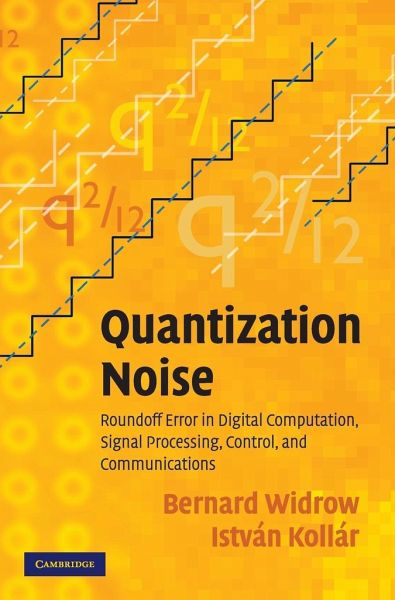
Quantization Noise

PAYBACK Punkte
77 °P sammeln!
Authoritative analysis of quantization (roundoff error), ideal for those working in digital signal processing, control or numerical analysis.


Rechnungen
Bestellstatus
Retourenschein
Storno